David Bailey has become as famous as the celebrities who posed before his camera and later discovered that his photographs defined people’s sense not just of what they looked like but also of their very being. He didn’t steal their souls, the way primitive people were supposed to feel about having their photographs taken, but created them for others to consume.
This remarkable achievement came about suddenly and, bearing in mind his background, unexpectedly. Like David Beckham, he was born in Leytonstone, in east London. When he was three his parents moved a few kilometres south, to East Ham, and his earliest memories are of taking shelter in the cellar of his house during the Blitz. With undiagnosed dyslexia and dyspraxia, he did poorly at school and left when he was 15. “Someone has to clean the roads,” his headmaster said.
Bailey was saved by luck – he’d be the first to admit it – and the historical moment. As the 1950s drew to a close, so did the period of postwar austerity. A new zeitgeist was in the offing. Bailey had finished his national service and, like his fellow photographer Don McCullin in this respect at least, had bought a Rolleiflex camera. He was working as an assistant to an established photographer when he got his breakthrough. Vogue magazine, realising it had to catch up with the times, was casting about for youthful talent.
Bailey was everyone's darling photographer. Chutzpah gave him street cred, and Vogue loved his work. His flamboyant character fitted the 1960s to a tee
In the decade before miniskirts and Mary Quant, fashion photography had tended to be a fusty, middle-class affair. Times had changed. “Sexual intercourse began / In nineteen sixty-three / . . . between the end of the “Chatterly’’ ban / And the Beatles’ first LP”, as the poet Philip Larkin put it in Annus Mirabilis, and Swinging London was the centre of a creative new wave. In 1960 Vogue hired Bailey.
With his fellow photographers Terence Donovan and Brian Duffy, Bailey helped shape the moment. Suddenly, out of nowhere, it seemed, and with no formal training, Bailey was everyone’s darling photographer. Chutzpah gave him street cred, and Vogue loved his work. His flamboyant character fitted the 1960s to a tee, and, no mere chronicler of the times, the celebrator became celebrity. Blow Up, Michelangelo Antonioni’s 1966 film about a London fashion photographer who thinks he has accidently captured a murder on film, is generally regarded as being inspired by Bailey.
Two years earlier Bailey had released a card box of 36 prints, Box of Pin-Ups, of subjects such as Mick Jagger, The Beatles, Andy Warhol, Jean Shrimpton, Terence Stamp and Rudolf Nureyev. He was not yet 30. To pose for Bailey put the stamp on your passport to fame; you were in, kudos gained, pop status assured.
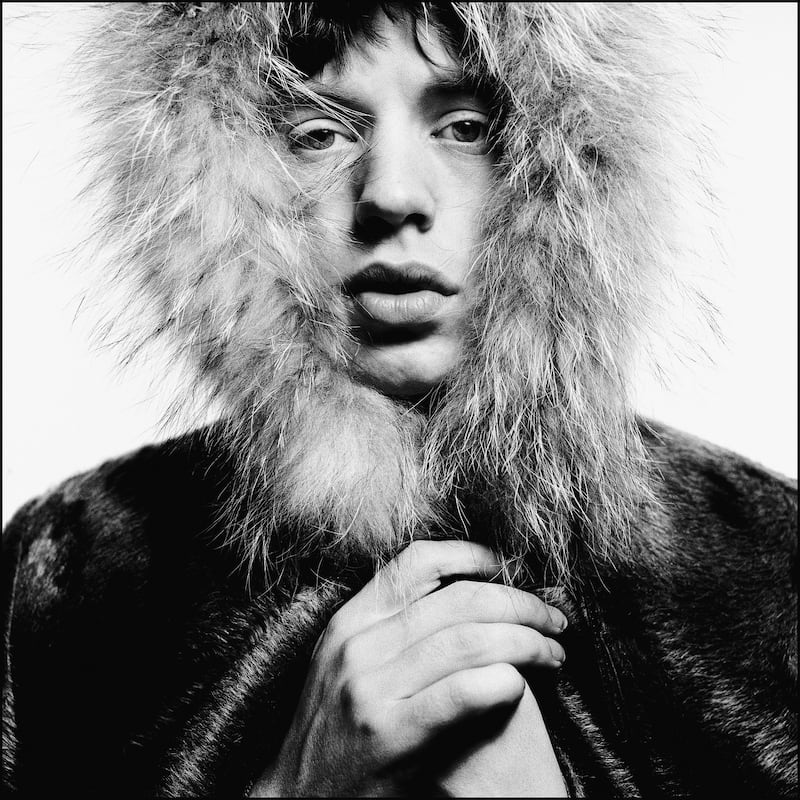
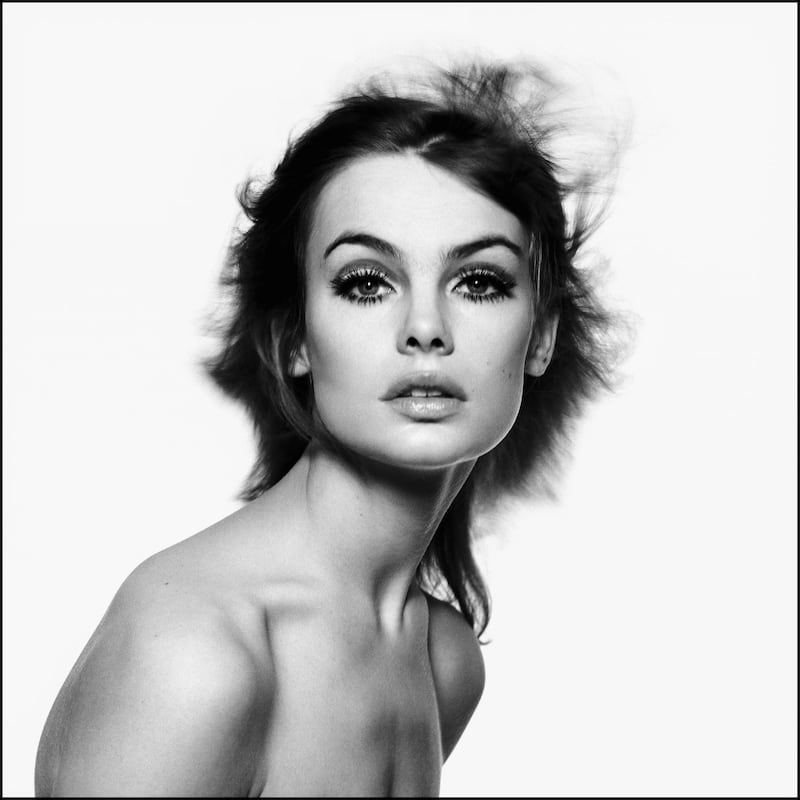
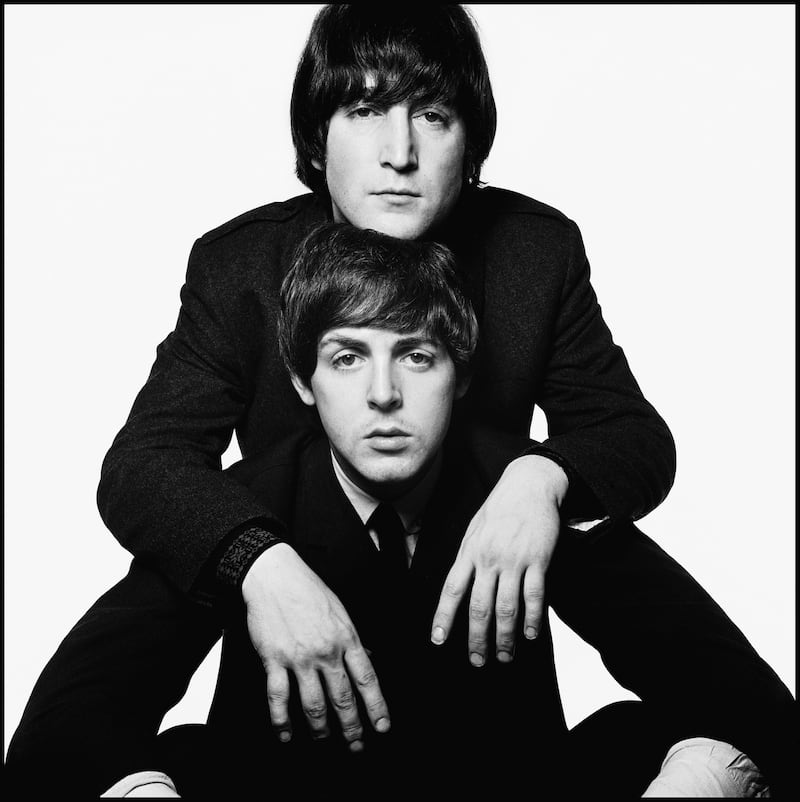
His subjects were not always supermodels and music stars, and his personal acquaintance with the Kray twins, notorious London criminals, allowed him to photograph them together. He liked double portraits and played with the format for shots of John Lennon and Paul McCartney.
Playing to the gallery as a wisecracker, he can sound flippant in interviews from the time, but when he says he spends an hour chatting and a few minutes taking the photographs, a clue to his talent is revealed.
In the forward to Taschen’s sumo-sized book called, simply, David Bailey, Damien Hirst writes how his portraits “make you feel like there is nothing between you and the picture, nothing between you and the person”.
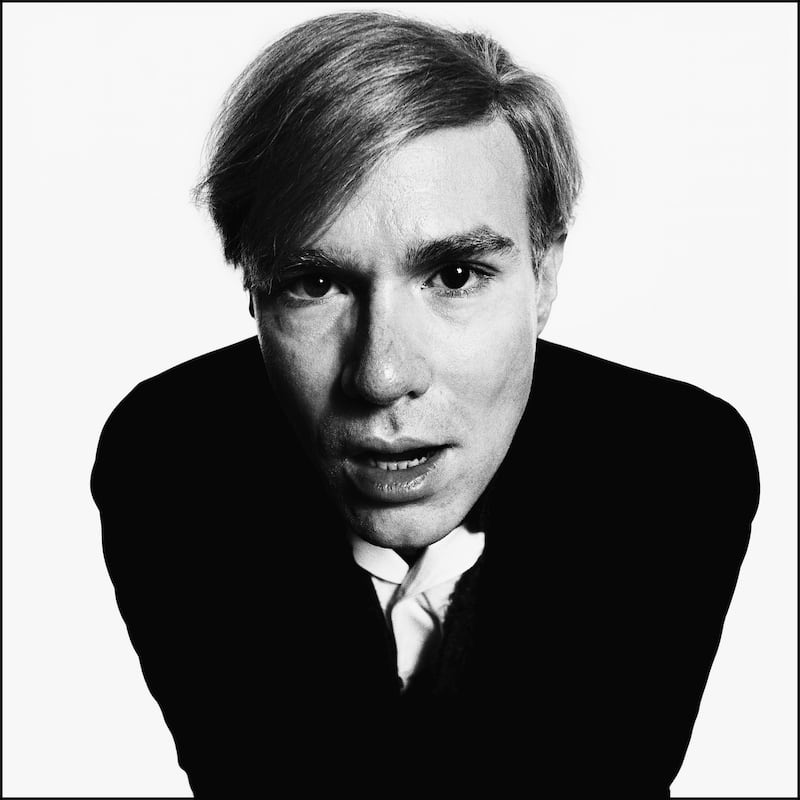
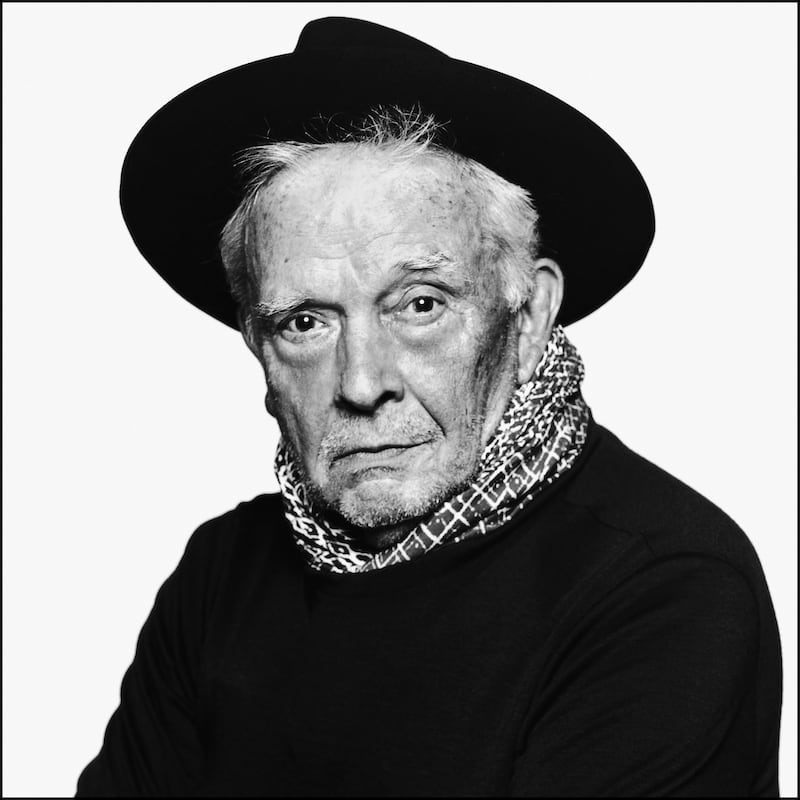
How Bailey does this is the subject of the book’s insightful introduction, by a highly regarded writer on photography, Francis Hodgson. He “weighs people up like a novelist”, Hodgson writes. “A Bailey portrait is a map of a relationship, however brief.”
He talks and jests with his subject, arranging them physically, moving body parts and clothes, provoking responses so they forget the artificiality of the studio. Many of his classic photographs use a plain white background, as in a passport-photo booth, a graphic device, says Hodgson, that morphs his studio into a boxing ring. “When you go to Bailey’s studio, you get into the ring with him and he’ll search out what you’ve got.”
The art critic Jonathan Jones sees something else: “all move, jump, grin, gurn or pout for me, babe”.
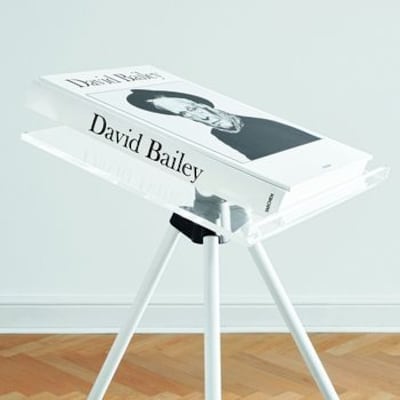
There is a self-portrait of Bailey, taken in 2013, that nods towards a seriousness far different from the image of him as the cheeky cockney frolicking with the fabulously glamorous.
Bailey hasn’t drunk alcohol since his early 30s, he is a vegetarian, and his marriage – admittedly, his fourth – has lasted 30 years. He remains a supreme stylist, with strengths that outdo the limitations of any pop-culture photographer, and his photographs are of their time. This is their enduring value.
David Bailey, with a foreword by Damien Hirst, is published by TASCHEN












